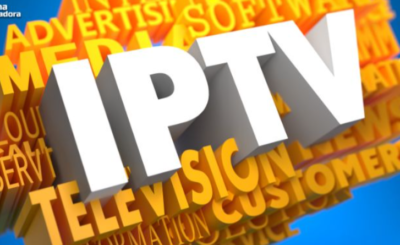The rapid evolution of digital streaming has transformed the global entertainment landscape. Among the most significant trends is the surge in Smart IPTV streams, which deliver television and video content over the internet with greater speed and versatility than traditional offerings. By seamlessly integrating with popular platforms like Apple TV, Android, Smart TVs, tablets, and even web browsers, Smart IPTV has become an indispensable solution for people seeking instant access to a diverse array of live channels and on-demand shows.
This blog explores the key benefits of Smart IPTV streaming, highlighting why it has become the preferred choice for millions of users worldwide. We’ll analyze recent statistics and consumer trends to show how this technology is reshaping modern viewing habits, creating new opportunities for content discovery, and setting the standard for customizable, high-quality entertainment.
What Is Smart IPTV Streaming?
Smart IPTV, short for Internet Protocol Television, refers to the delivery of live television channels and video-on-demand (VOD) content via high-speed internet. Unlike traditional cable or satellite services, IPTV streams television directly through digital networks, eliminating the need for bulky hardware or limited channel lineups. Modern IPTV apps are compatible with devices such as Apple TV, Android TV, smart TVs, and more, allowing users to access a world of content instantly, wherever they are.
The Growth of IPTV Adoption
Industry statistics reveal a remarkable rise in IPTV adoption globally, especially among households with high-speed internet connectivity. Reports indicate that IPTV subscriptions crossed 320 million worldwide in 2023, a number projected to grow by 15% annually. One reason for this explosive growth is the seamless user experience offered by smart streaming platforms, enabling consumers to switch between live TV, recorded content, and premium pay-per-view in moments.
Key Benefits of Smart IPTV Streams
1. Instant Access Across Multiple Devices
The standout advantage of Smart IPTV streaming is its multi-device compatibility. Users can stream live TV and VOD on Apple TV, Android boxes, smartphones, tablets, and PCs without complicated installations.
- Households no longer need to invest in extra cables or set-top boxes. Instead, they can simply download a compatible app, log in, and start streaming immediately.
- Many platforms support simultaneous streaming on multiple devices, making it ideal for families or shared living spaces.
2. Enhanced Content Variety and Personalization
Smart IPTV offers a vast library of international and local channels, covering sports, movies, news, kids’ programming, and much more.
- Viewers can quickly filter content according to language preferences, genres, or even favorite actors.
- Some services include advanced personalization features like custom playlists, recommendations based on viewing habits, and parental controls for safer family viewing.
- Access to on-demand libraries means viewers never have to worry about missing out on live events.
3. Superior Video and Audio Quality
IPTV streaming leverages high-bandwidth internet connections to deliver HD and even 4K content, ensuring a crisp visual experience.
- Many users report improved picture clarity and audio quality compared to legacy cable or satellite broadcasts.
- Adaptive streaming automatically adjusts the bitrate based on connection strength, minimizing buffering even during peak hours.
4. Cost Efficiency and Flexibility
The pay-as-you-go or subscription-based models of IPTV often provide considerable savings over conventional cable packages.
- Households can choose plans that fit their viewing habits, avoiding the need to pay for unwanted channels.
- There are often no contracts or long-term commitments, granting users the freedom to pause, resume, or cancel subscriptions at any time.







